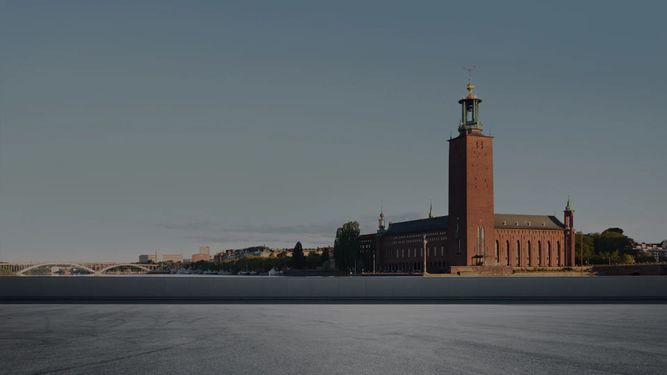Service Development
Entering a new era of design: a UX perspective
10/29/19
Do you remember the family computer, dial-up ADSL, or pay by the minute internet? If you don’t, consider yourself lucky. If you do, don’t worry; you’re not old yet.
As we enter a new era of design, I explore what it means for UX designers, and how we can adapt.
In the late 90s it was safe to assume that people’s only point of entry to the web was a shared computer at home with a desktop browser. Back then, the main challenge for designers was a lack of standards. In most cases, the developer and the designer were the same person, and good user experience wasn't considered to be a defining factor.
Then the transition to an ultra-connected society happened, and it happened quickly. However, the paradigms for designing new online interactions have shifted more slowly.
In 2016 mobile surpassed desktop in online usage, and this transition led to a mobile-first design approach. Today, we design user experiences for multiple devices, and taking a mobile-first approach has become second nature.
As a result, we’ve also stepped away from place-specific computing, and online content has become ubiquitous. Paradoxically, we’re now focusing on creating place-specific interaction points so we can deliver content when it’s most relevant to the user. The challenge for today’s UX designers is to create a seamless experience across all devices, no matter where they’re being used.
But what about tomorrow? The virtual world and the ‘real’ world are gradually merging, and we’re entering a new era for UX design.
What is the role of a UX designer in this new era?
Hybrid spaces require hybrid competences. Digital interactions no longer have fixed spaces, they coexist on multiple devices which can be accessed from different places at different times. It’s no longer enough to have one set of skills to create useful content across all possible touchpoints. We have already seen the role of the designer diversifying. Visual designers are moving into UX; UX designers are moving into copy editing; and front-end developers are moving into UI design. This is a positive thing, as great user experiences are normally the outcome of a collective effort.
Our job as UX designers is not only to draw attention to the experience, but to ensure the experience lives up to the expectations of the user. This is the same reason why UX designers need a good understanding of technology. Just because we understand the stages of development that go into realizing a design, it does not mean we are fit to code it from scratch. As other areas are increasingly learning about what we do, we should look to learn more about other areas. As we are moving into hybrid realities, insights into the technology behind them will not just be a nice bonus, they’ll be essential. UX designers should not only be a part of the solution, we need to be involved in identifying the problem areas.
This holistic approach is known as service design. Service design and UX design are not two separate things, but two sides of the same coin. One defines the problem, the other solves it. You can technically have one without the other, but this is usually a bad idea. Before you implement solutions, it's good to make sure you are trying to fix the right problem. And if you are out hunting for problems, it’s good to understand which problems you actually can fix.
Good design does not happen in a vacuum
For service design to be effective, it needs to take place at the intersection between what is viable, feasible and desirable. Feasibility means knowing what solutions technology can offer and where design can push the boundaries. Desirability involves understanding the customers, what motivates them and what they value. Viability relates to what makes sense from a business perspective.
How do you grow your business with design-led thinking?
It’s easy! Invite designers to the table from day one.
New ideas are a result of an interaction between people. UX designers help to facilitate these interactions and processes by using methods and tools which come with a proven track record. We help people think beyond the old and established ways, and offer new ways to approach problems. The sooner we get started, the better our chances of providing good experiences for all stakeholders and customers. And trust me, a good experience is always good business.
If you have any questions about UX design or service design, we’d love to hear from you.



